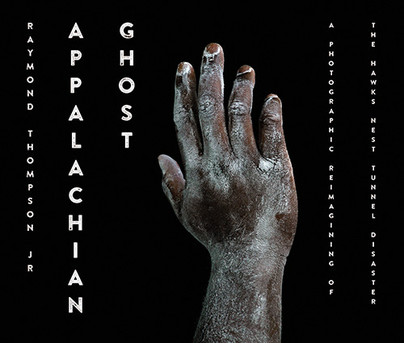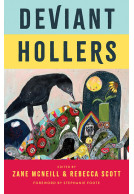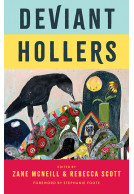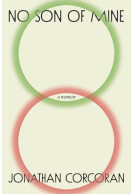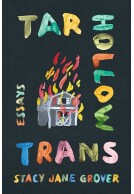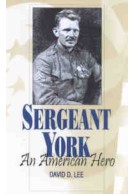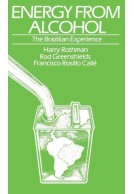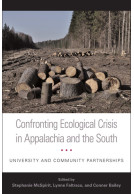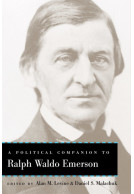Appalachian Ghost (Hardback)
A Photographic Reimagining of the Hawks Nest Tunnel Disaster
Imprint: University Press of Kentucky
Series: Appalachian Futures: Black, Native, and Queer Voices
Pages: 136
Illustrations: 87 color illustrations
ISBN: 9780813198996
Published: 1st July 2024
Script Academic & Professional
Series: Appalachian Futures: Black, Native, and Queer Voices
Pages: 136
Illustrations: 87 color illustrations
ISBN: 9780813198996
Published: 1st July 2024
Script Academic & Professional
Usually available in 6-8 weeks.
You'll be £40.00 closer to your next £10.00 credit when you purchase Appalachian Ghost. What's this?
+£4.99 UK Delivery or free UK delivery if order is over £40
(click here for international delivery rates)
Need a currency converter? Check XE.com for live rates
(click here for international delivery rates)
Need a currency converter? Check XE.com for live rates
In the early days of the Great Depression, the search for steady work drove hundreds of migrant laborers - many of whom were African American - from all over Appalachia to a rural area near Fayetteville, West Virginia. Union Carbide Corporation had begun construction on a three-mile tunnel to divert the New River, and many hands were needed.
Toiling for five years in confined spaces with poor ventilation, no means of dust control, and limited use of personal breathing protection, the workers were repeatedly exposed to pure silica dust. Many developed silicosis, an incurable and debilitating lung disease that is estimated to have caused the deaths of nearly 800 workers, two-thirds of whom were Black. Soon after, the U.S. House of Representatives Committee on Labor classified silicosis as an occupational hazard. Despite the disaster's impact, information about its severity was largely suppressed; a decision that ensured the event faded quickly from public memory. Aside from a small plaque at Hawks Nest State Park, which inaccurately admits to only 109 victims, there is little to mark the site of the worst industrial accident to date in the United States.
In Appalachian Ghost: A Photographic Reimagining of the Hawks Nest Tunnel Disaster, author Raymond Thompson Jr. explores the possibilities of that tragedy by reviving the faces and spaces of Hawks Nest. Using primary source materials to re-create the workers' experiences in photographs, Thompson recontextualizes archival images to present a counter-archive that positions the Black experience at Hawks Nest within the larger story of the American labor landscape. His photographs and poetry give voice to the silenced, resisting revisionist narratives that often ignore the sacrifices of African Americans and erase their instrumental role in the development of America's infrastructure.
Other titles in the series...
Other titles in University Press of Kentucky...







